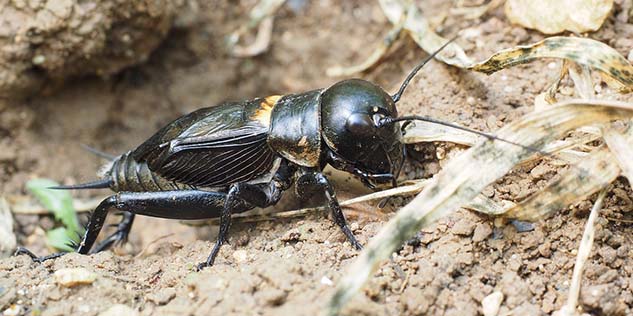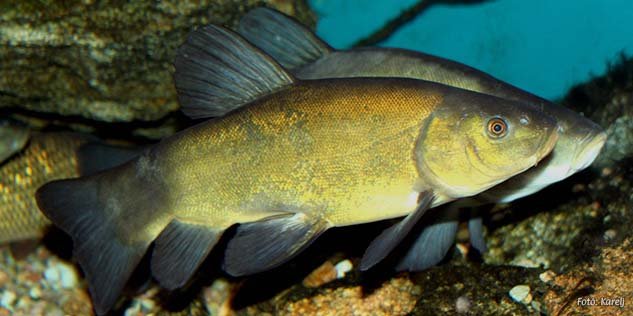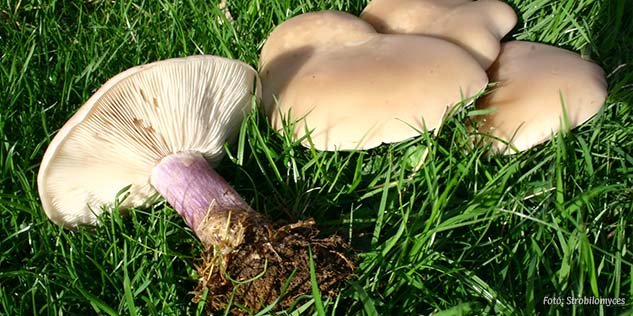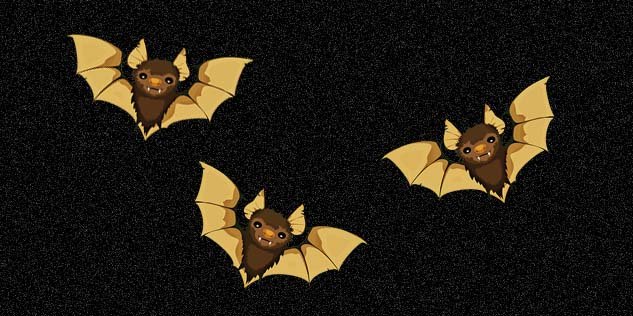
Gryllus campestris is one of many crickets known as field crickets. These flightless dark coloured insects are comparatively large; the males range from 19 to 23 mm and the females from 17 to 22 mm.
Gryllus campestris used to be common over most of Western Europe. It prefers dry, sunny locations with short vegetation like dry grasslands. At the northern edge of its range, it is restricted to heaths and oligotrophic grasslands. The species is flightless and unable to migrate long distances, and therefore does not commonly recover on its own from local extinction.
The reproductive season lasts from May to July. The males make a burrow with a platform at the entrance from which they attract females with their courtship stridulation. They chirp during daytime as well as the first part of the night, and prefer when the temperature is well above 13 °C. Males are territorial and defend their burrows fiercely, while females are vagrant and are attracted by singing males. They lay their eggs in bare ground either close to or inside a burrow. Populations of G. campestris are known to undergo extreme fluctuations and are strongly affected by weather conditions.
Gryllus campestris is the most endangered cricket species in Britain. It is declining and red-listed in large parts of Central and Northern Europe, such as the United Kingdom, Germany, the Netherlands, Belgium, Luxembourg, Denmark and Lithuania. It has declined severely in part of its northern range due to the disappearance of its heathland habitat. However, in Hungary it is quite common, and found in Aggtelek National Park among many other places.



